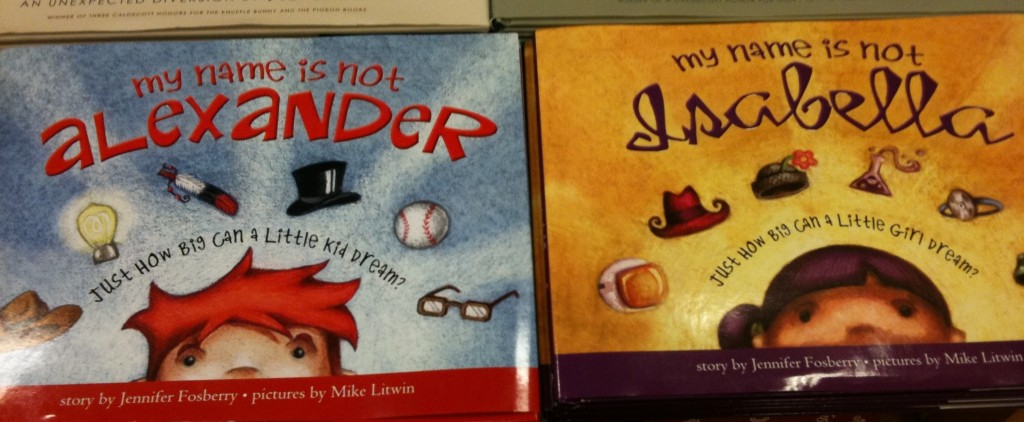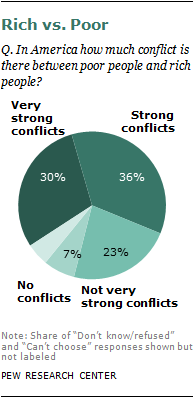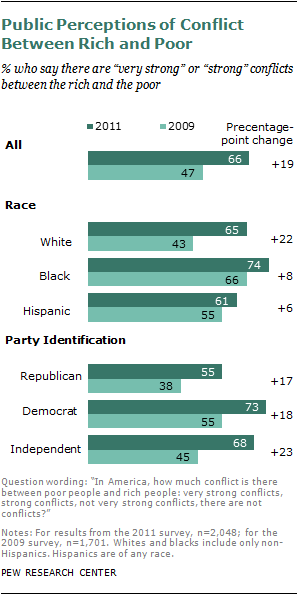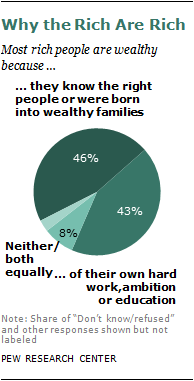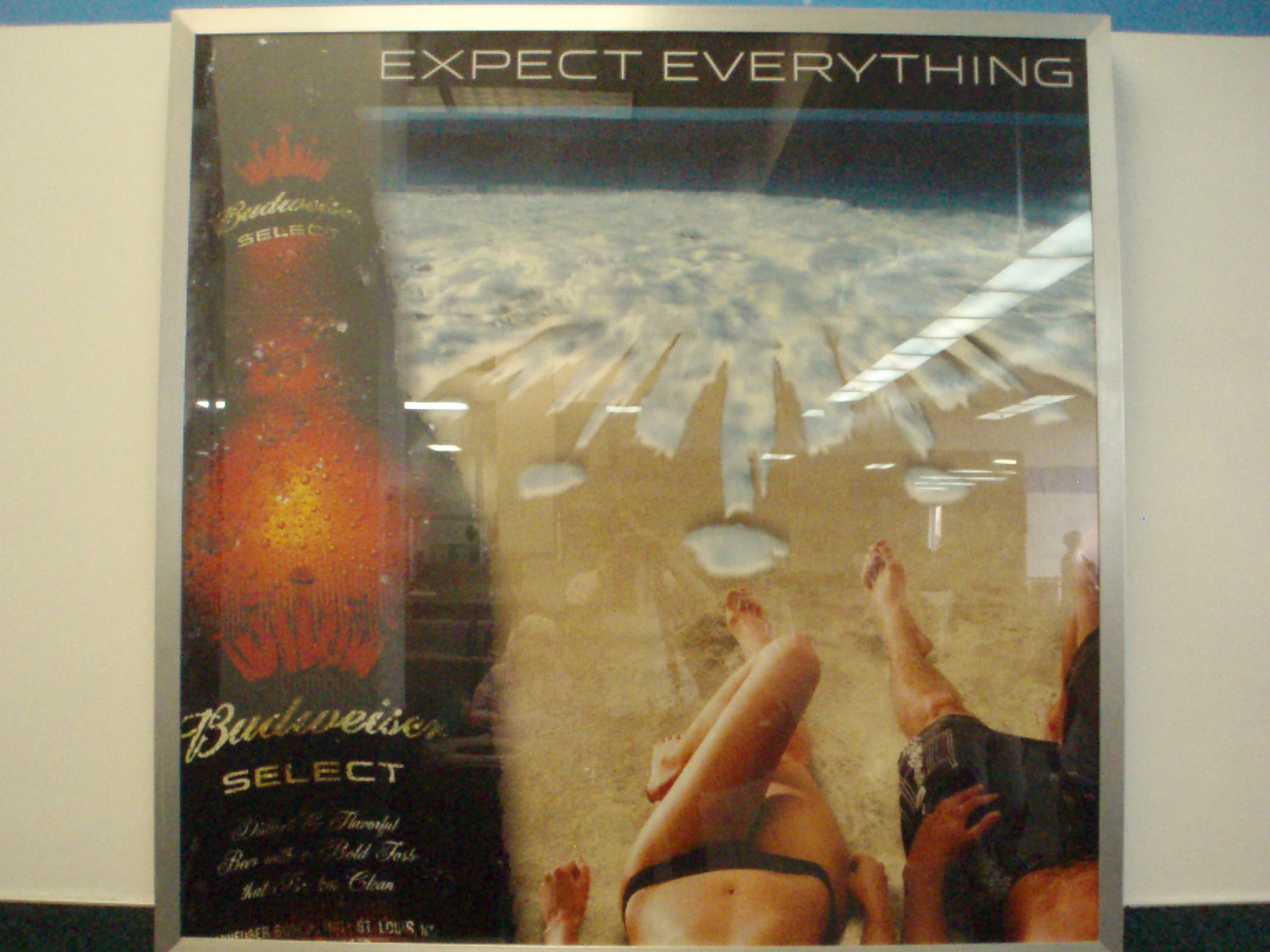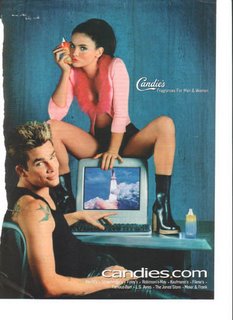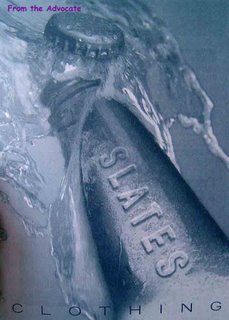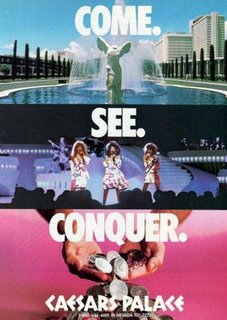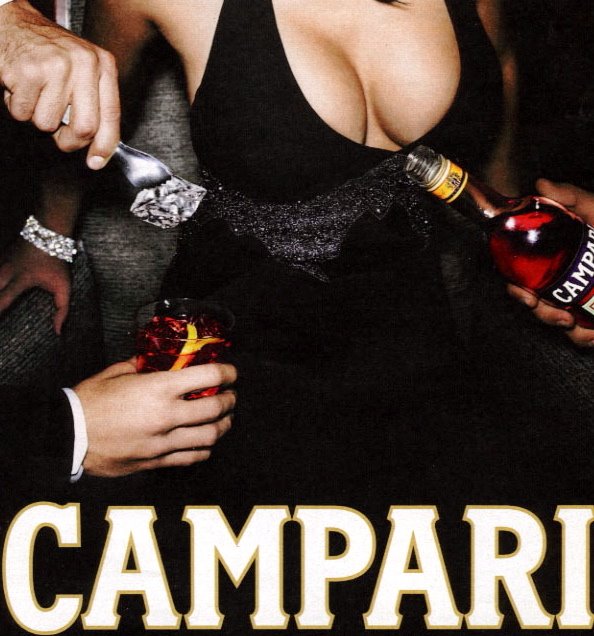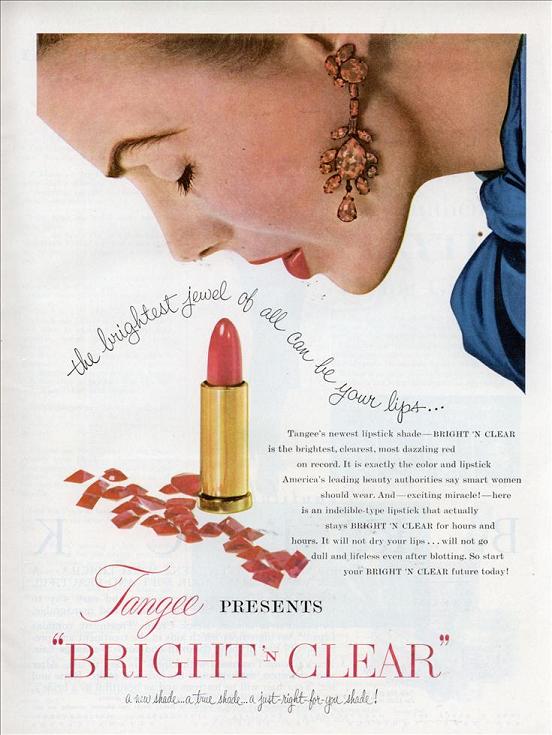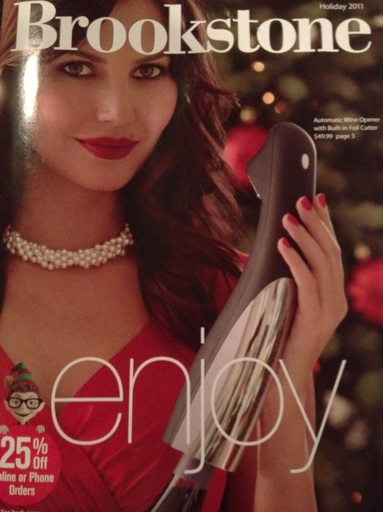 In this minute-and-a-half, sociologist Nikki Jones talks about the way that the idea of the ghetto has been commodified — especially in rap and hip hop — in ways that informs Americans who don’t live in inner-city urban areas, but potentially mystifies the reality of that life as well:
In this minute-and-a-half, sociologist Nikki Jones talks about the way that the idea of the ghetto has been commodified — especially in rap and hip hop — in ways that informs Americans who don’t live in inner-city urban areas, but potentially mystifies the reality of that life as well:
Lisa Wade, PhD is an Associate Professor at Tulane University. She is the author of American Hookup, a book about college sexual culture; a textbook about gender; and a forthcoming introductory text: Terrible Magnificent Sociology. You can follow her on Twitter and Instagram.




